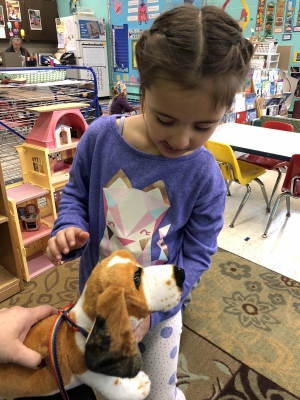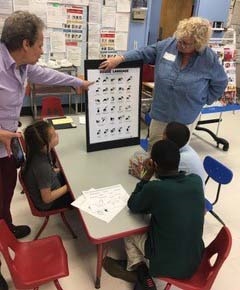All Dogs are Capable of Biting
ALL DOGS are capable of biting. There's no one breed or type of dog that's more likely to bite than others. Big or small, male or female, young or old. Even the cutest, sweetest dog can bite if provoked. It is not a dog's breed that determines whether it will bite, but rather the dog's individual history, and behavior.
Biting has more to do with circumstances, behavior, training (or lack thereof), and ignorance on the part of human beings.
Why Do Dogs Bite?
There are many reasons a dog will bite, and many of them have nothing to do with being mean. More often than not, a dog will bite out of fear, rather than aggression.
- Dogs bite as a reaction to a stressful situation
- They may be scared or threatened. If a dog is approached unexpectedly or he doesn't hear you coming, his instinct might be to bite out of fear.
- They may feel unsure or challenged.
- Dogs are territorial creatures and will protect their turf, themselves, their puppies, or their owners.
- They’re not feeling well or hurt.
- They may nip or bite during play (which is why rough play should be avoided to ensure you don’t overly excite your animal).
- Dogs that haven't been spayed or neutered may display aggressive behavior related to their sex drive.
- Dogs that haven't been properly behavior-trained and socialized are more likely to bite.
Research shows that dog safety training can reduce attacks.
EDUCATION and PREVENTION are key to reducing dog bites.
A single dog bite prevention lesson incorporated into a regular school day has been shown to dramatically reduce high risk behaviors toward unfamiliar dogs in both very young (kindergarten) and middle-school children. (Kahn A., Bauche P., Lamoureux J. "Child victims of dog bites treated in emergency departments: A prospective survey." European Journal of Pediatrics, 2003; 162(4) 254-8). Chapman, S., Cornwall, J., Righett, J., Lynne, S., Grossman, D. 'preventing dog bites in children: Randomized controlled trial of an educational intervention." The Western Journal of Medicine, 2000; 173(4) 233.)
The principles of positive interaction between dogs and children are important for teaching safety to all young children, whether or not they own dogs.
MOST DOG BITE INCIDENCES ARE PREVENTABLE!
- People, especially children, should be taught the proper way to approach a dog.
- Children should also be actively supervised while around dogs or even in the proximity of dogs.
- Education for both children and adults in dog behavior and dog body language.
- Responsible dog care can go a long way in preventing many dog bites.
- Respect for the animal.
- Children should be taught the best ways to respond to being approached by an unfamiliar dog.
Our program is for anyone who has or deals with children:
- Parents whose families have dogs and even those who do not.
- Schools, Cub Scouts Troops, Brownie Troops, Boy & Girls Clubs, Libraries, etc.
Contact us for available dates and costs to have a member of our staff present a class for your group, class or organization.
With the assistance of our therapy dogs the children practice safe greetings and safety measures.









